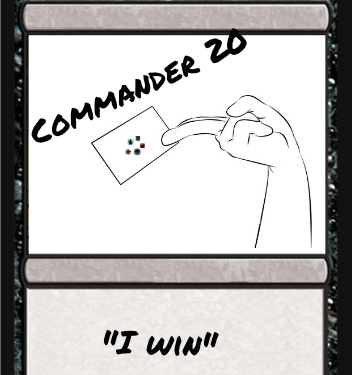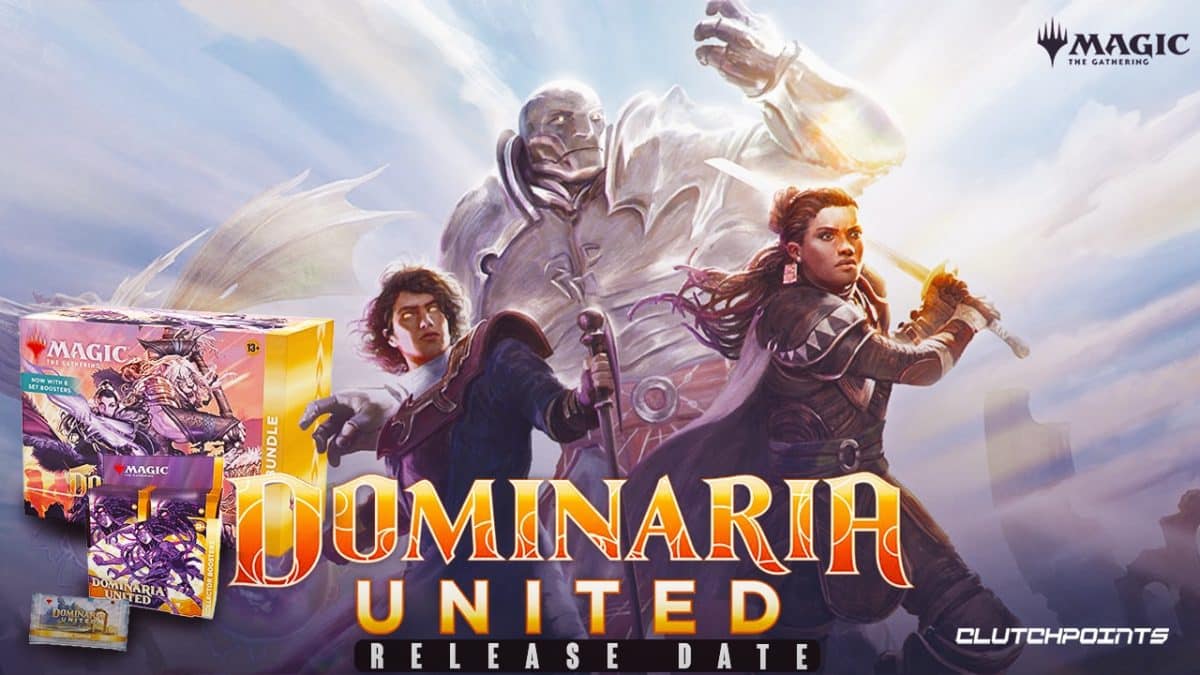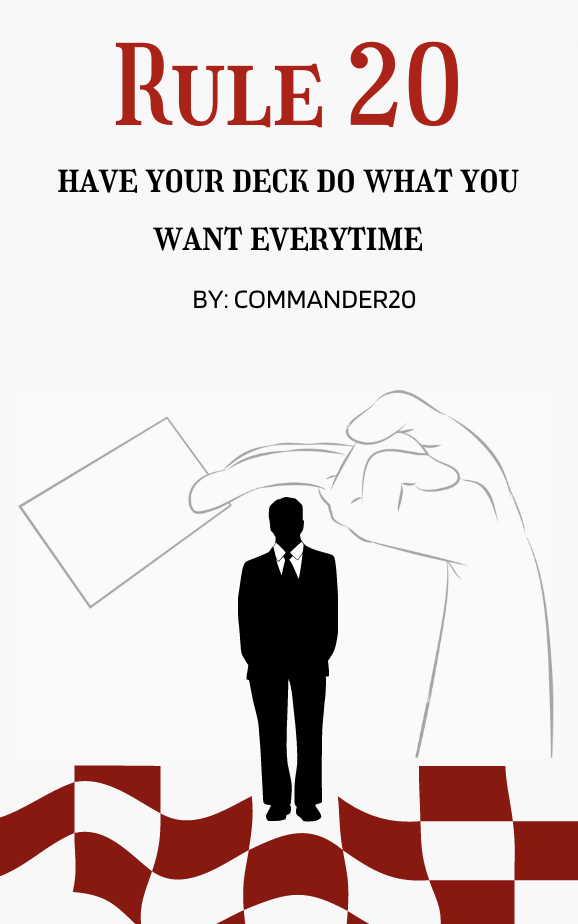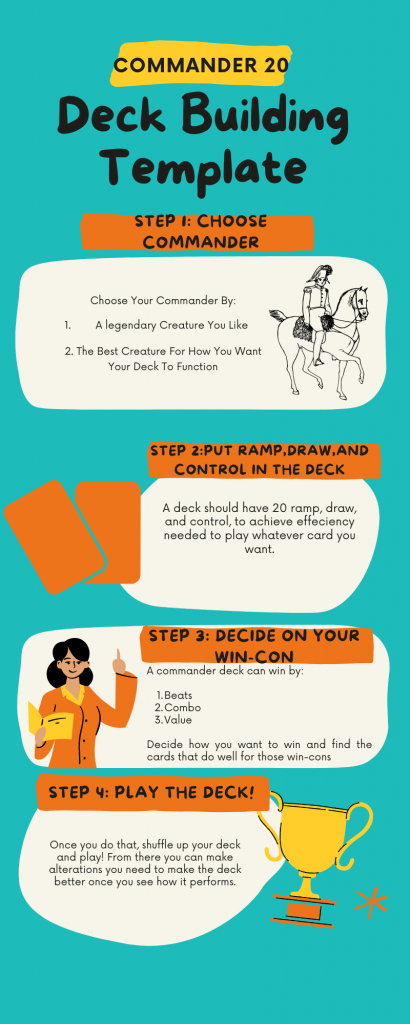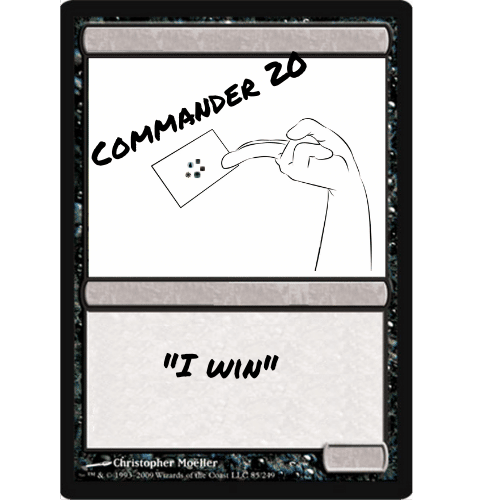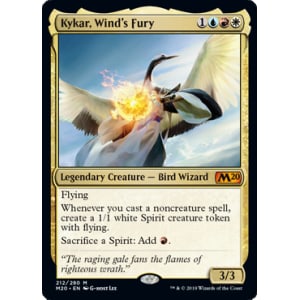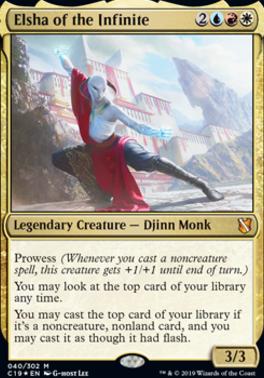When Does Dominaria United Come Out?
You are probably like me and excited for all the Dominaria United commanders we will be getting. Well, if you are the wait is almost over as Dominaria United will be coming out on September 9th and have a plethora of cards people would be interested in. Feel free to check out the total list here.
The set goes over the plane of Dominaria where Karn takes a look at the history of Dominaria and begins planning their counterattack against the enemy: Phyrexians. Of course, if you want to read the full story of what is going on, I suggest checking out the story.
But, for anyone excited about this set, you should be! This is starting a story that is going to span across 4 sets and have repercussions for probably more to come. So if you are a fan of big stories this is a great starting point for players to get into the story of magic and get a deeper understanding for the lore.
But, more than that, let’s take a look at some of the Dominaria United Commanders that this set has to offer and some good decklists for them.
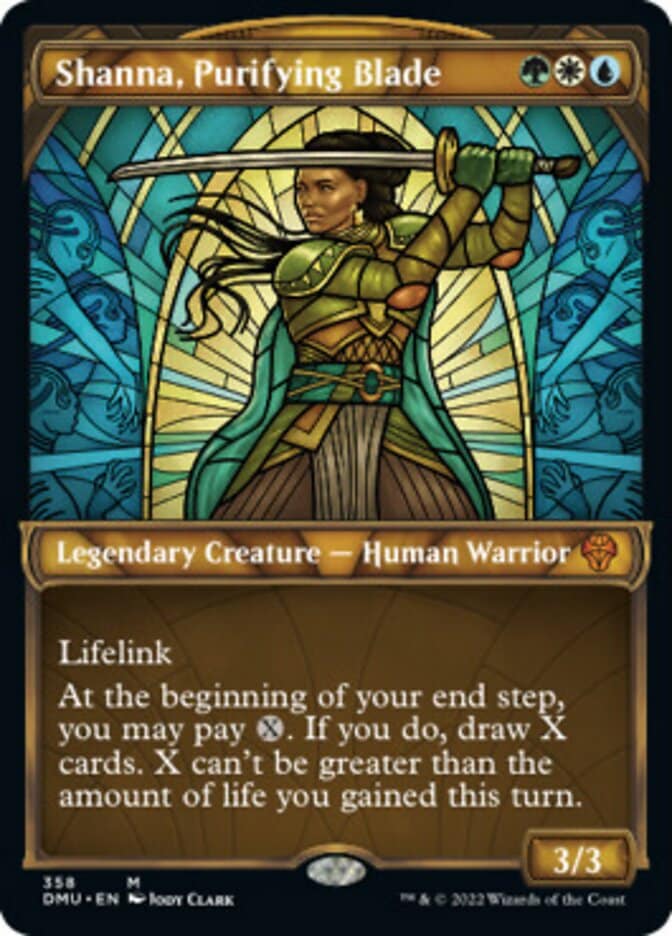
Shanna, Purifying Blade
Shana, Purifying blade is a really cool Dominaria United commander and is one I am personally excited for. For anyone who loves decks like Oloro, this is a great option if not a better option for you. The reason is simple, the commander is 3 mana, can draw you a ton of cards, and has lifelink built into her. Thus allowing you to draw more cards via combat damage. Making this a great deck for those that love having lots of life.
Decklist
https://www.moxfield.com/decks/sYJJZn5Tf0e8m57N3LISEA
Who will like it
One of my favorite traits of Shana, Purifying Blade is her versatility. It can win via commander damage by pumping her up to be really big then draw a ton of cards off the lifegain she generates. Or, you can build this to be more of a combo deck working off many of the wincons lifegain strategies have. Making this Dominaria United commander a great option for anyone interested in lifegain will love. That said these colors don’t have a lot of lose life cards, so if you like gaining life to use those kinds of cards, then this can be a little lackluster due to its lack of black and red.
How it plays
Now, while she can be built either way, I built this one to lean more into combos as I love the combo strategies lifegain has to offer. Your general goal is going to be to mulligan to a card that can reasonably generate you lifegain on your upkeep or get your commander out turn 2-3. From there you leverage your commander’s ability to draw cards and hold up interaction thanks to your blue to control the board. At the end, if you time it right, and read your opponents correctly then you can try to win through several different ways such as felidar sovereign, Spike Feeder, or Approach of the second sun.
How it wins
- Evra, Halcyon Witness
- Approach of the second sun
- Cleric class+Spike feeder+ Aetherflux reservoir
- Felidar sovereign
- Angel of Destiny
- Combat via Speaker of heavens/Lathiel
Upgrades/customizations
Now all these Dominaria United Commanders decklists are built with the idea of being 150 or less on cardkingdom to make this more accessible to newer players.This one can be bought for 98.78 on TCG though so the deck clocks in for under 100 dollars. That said, for those looking for some easy deck upgrades I would suggest some tutors, or more efficient win cons or protection.
5 easy upgrades
- Veil of summer
- Pact of Negation
- Utopia Sprawl
- Chord of Calling
- Eladamris call
These are all good cards for protecting your wins or commander while also giving you some card draw needed to tutor out your wincons quicker or get your commander out turn 2 with cards like utopia sprawl

Garna, Bloodfist of Kheld
Garna is a fun Dominaria United commander who rewards you for being aggressive. Designed to punish players for blocking this is a great commander for those that like to swing and not worry about the math. If a creature you control dies, you make everyone lose a life, if they died while attacking then you draw cards. It’s a win-win. Making this a fun and aggressive commander.
Decklist
https://www.moxfield.com/decks/9zg4hg4Ym0msk2hwSLzkog
Who will like it
The people who will like this are combat players and sacrifice decks. This can be built in a few ways, contributing heavily to the sack outlets to ping everyone or to go combat heavy and swing wide dealing lots of damage to players. It really depends on your playstyle.
How it plays
A lot of people are building a token strategy behind this, but I took it a little differently and leaned into the sack outlets. The problem with tokens is that when they die you lose them and can’t reuse them. Making them subpar in a lot of situations for me. But this deck instead sacrifices the tokens strategy and puts in more resiliency. Drawing you cards is a great feature for the combat strategies but I would much rather sac creatures to generate value on top of drawing cards.
So, usually, you are looking for a reanimator effect and some early-form ramp or card draw engine. From there you can begin doing your sac loops to generate value, play your commander and win via burn damage from there.
How it wins
This wins via a few different means where burn and combat damage is the name of the game. Due to it being not definite there is a more cards that can pull the effect off than usual but they do a great job.
- Cut//ribbon
- Mayhem devil
- Syr Konrad the Grim
- Bladewing deathless Tyrant
- Blood Tyrant
- Falkenrath Noble
- Gray Merchant Asphodel
- Zulaport Cuthroat
Upgrades/customizations
Built to be 150 or less on cardkingdom to make this more accessible to newer players. This one can be bought for 87.45 on TCG or 124.28 on card kingdom. That said, for those looking for some easy deck upgrades I would suggest some cards that make the deck more efficient such as
- Pitless plunderer
- Ashnods Altar
- Razaketh the foulblooded
- Underworld Breach
- Skullclamp
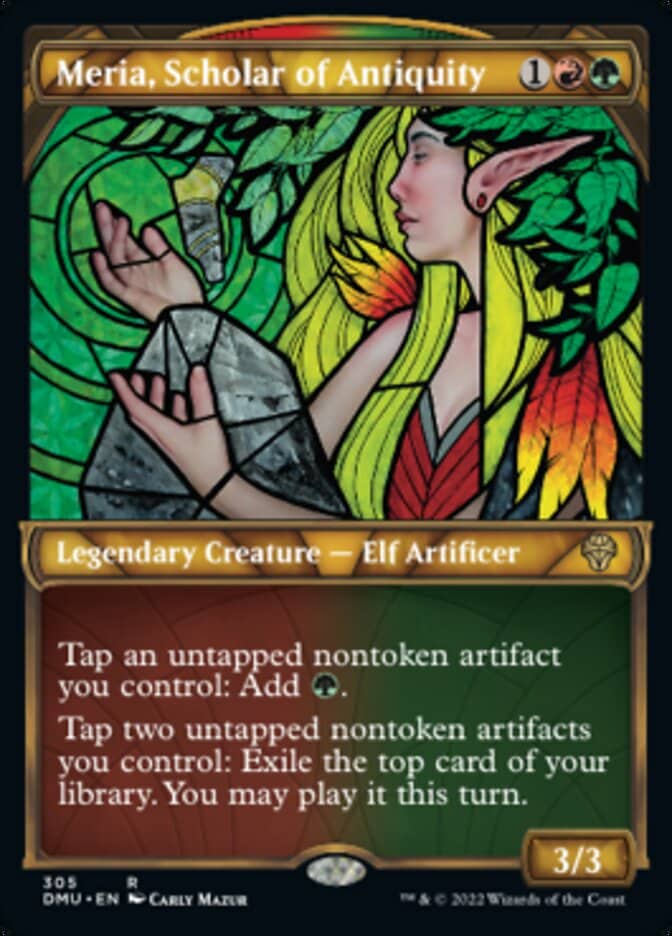
Meria, Scholar of Antiquity
While I am a little iffy on green getting artifact support, I love this commander. Able to make all your artifacts mana rocks are great. Throw in the fact that you can tap 2 to basically draw a card makes this even more powerful. A good description is this works like Urza, and while not as busted as Urza, it is definitely a Dominaria United commander that will accrue too much value too easily to leave if unchecked.
Decklist
https://www.moxfield.com/decks/O5KIC-ovzUePTlvokkbExg
Who will like it
Value Hogs, and artifact lovers. Plain and simple if you are a person that loves insane value or love artifact synergies, this is a deck you will love. Able to work off multiple different playstyles this deck is designed to ramp you a lot, cast spells, and win from there. Some good other commanders are Jhoira and Prosper. So if you like either one of those, you will love Meria, Scholar of Antiquity.
How it plays
The deck plays very simple, cast a lot of cheap artifacts, draw cards, and cast spells with the artifacts. Assemble a win with grinding station or commander damage and win. This one in particular leverages commander damage as the primary win con. That way the artifacts can keep working on the win, but it has a backup strategy of utilizing clock of omens to generate insane value with things like magda + liquimetal torque or grinding station +clock of omens+ myr turbine. Doing either of these combos is a great way to win if push comes to shove.
How it wins
- Grafted Skeleton
- Nettlecyst
- Clock of Omens+ Myr Turbine+ Grinding Station
- Salvaging station+ Flayer Husk+ Grinding Station
- Blasting station+Myr Turbine+Clock of omens
Upgrades/customizations
This Dominaria United Commanders decklists is built to be 150 or less on cardkingdom to make this more accessible to newer players. This one can be bought for 117.49 on TCG or 149.1 on card kingdom. That said, If you are looking for upgrades there are some really simple ones.
Things that untap your artifacts. Getting more mana and more card draw is always good and things like seed born muse is an absolute house in this deck. Or you can choose some better draw or synergy cards, Mycosynthi lattice makes everything able to tap or draw you cards, and the backside of birgi and mystic forge make for great draw options. Making these solid upgrade options for Meria, Scholar of Antiquity.
- Unwinding clock
- Seedborn muse
- Birgi, God of Storytelling
- Mycosynth lattice
- Vedalken Orrery
Dominaria United Commander Conclusion
And there you have it! 3 of my favorite Dominaria United commanders with decklists. These are some great options for those looking for new commanders and each play differently from the last.
Shanna Purifying Blade is a great lifegain commander that allows you to draw cards and keep the lifegain going to draw your deck and win. Garna, Bloodfist of Kheld is a solid option for those looking to swing wide or do sacrifice loops to burn your opponents to death. With Meria, Scholar of Antiquity is a great value commander where you churn through your deck at lightning speeds, outvaluing your opponents until you win via commander damage or a complicated artifact combo that wins you the game.
If you loved how these decks are built, I suggest checking out my other decklist posts like my 9 storm commanders you will love It goes over 9 great storm commanders how they play and affordable decklists for players as well. All the while holding to the core principal of the site, The Rule of 20. Have a great day and let me know your favorite Dominaria United commanders that are coming out!
